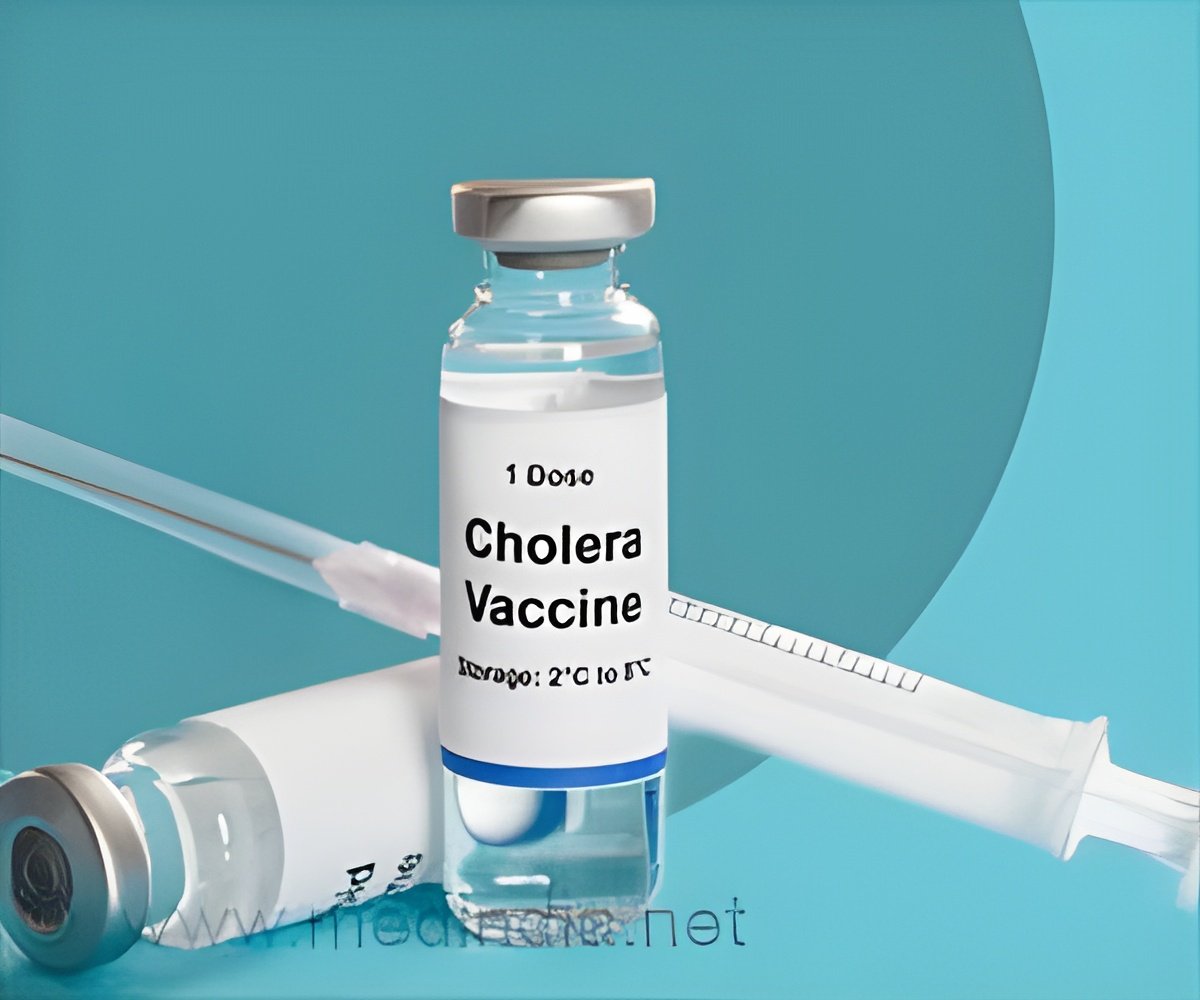
‘New edible vaccine to protect against deadly cholera has been made by grinding up genetically modified grains of rice with a good immune response and no obvious side effects. The vaccine proves safe in phase 1 human trials and points towards the role of the gut microbiome in its effectiveness.’
Tweet it Now
Burden of Cholera Cholera is an infectious disease that remains as a global threat to public health. It infects 1.3 million to 4 million people and results in 21,000 to 143,000 deaths each year, as per the World Health Organization.
It is caused by bacteria – Vibrio cholera, and spreads commonly by drinking water contaminated with sewage. The infection can kill in mere hours due to diarrhea and severe dehydration if not treated.
At present, there are four modern needle-free cholera vaccines, all of which are given as drops on the tongue, but require cold storage and are made from whole killed or live-attenuated (weakened) cholera cells.
The Edible Cholera Vaccine
Advertisement
The rice of the mature plant is harvested and ground into a fine powder, then sealed in aluminium packets for storage. The powder is mixed with about 90 milliliters (1/3 U.S. cup) of liquid and then drunk by people when they are ready to be vaccinated.
Advertisement
Efficacy of the Rice-based Cholera Vaccine
The study team tested the vaccine in 30 volunteers who received a placebo and groups of 10 volunteers who received a total of four doses spaced every two weeks of either 3 milligrams (mg), 6 mg, or 18 mg each of the vaccine.
After receiving the last dose (two and four months), it was found that volunteers who responded to the vaccine had IgA and IgG antibodies (two types of proteins the immune system produces to fight infections) specific to cholera toxin B (CTB). However, 11 of the 30 volunteers who received the vaccine showed low or no measurable immune response.
The non-response may be due to narrower diversified microflora in the low-responder group. This adds speculation that higher microflora diversity creates a better situation for a strong immune response against oral vaccines.
The MucoRice-CTB vaccine demonstrates its stability throughout the processing at room temperature. The vaccine also showed better dose escalation results, that is, highest the dose, largest was the immune response in patients. Moreover there was no evidence of significant side effects from the vaccine.
"Probably for every vaccination right now, even injected vaccines, we should think of the immune status of the individual based on the condition of their microflora," says Professor Hiroshi Kiyono, D.D.S., Ph.D., from the Institute of Medical Science at the University of Tokyo who leads the MucoRice project.
The study team anticipates bringing MucoRice-CTB into the next phase of clinical trials in Japan and overseas by partnering with the pharmaceutical company.
Source-Medindia















